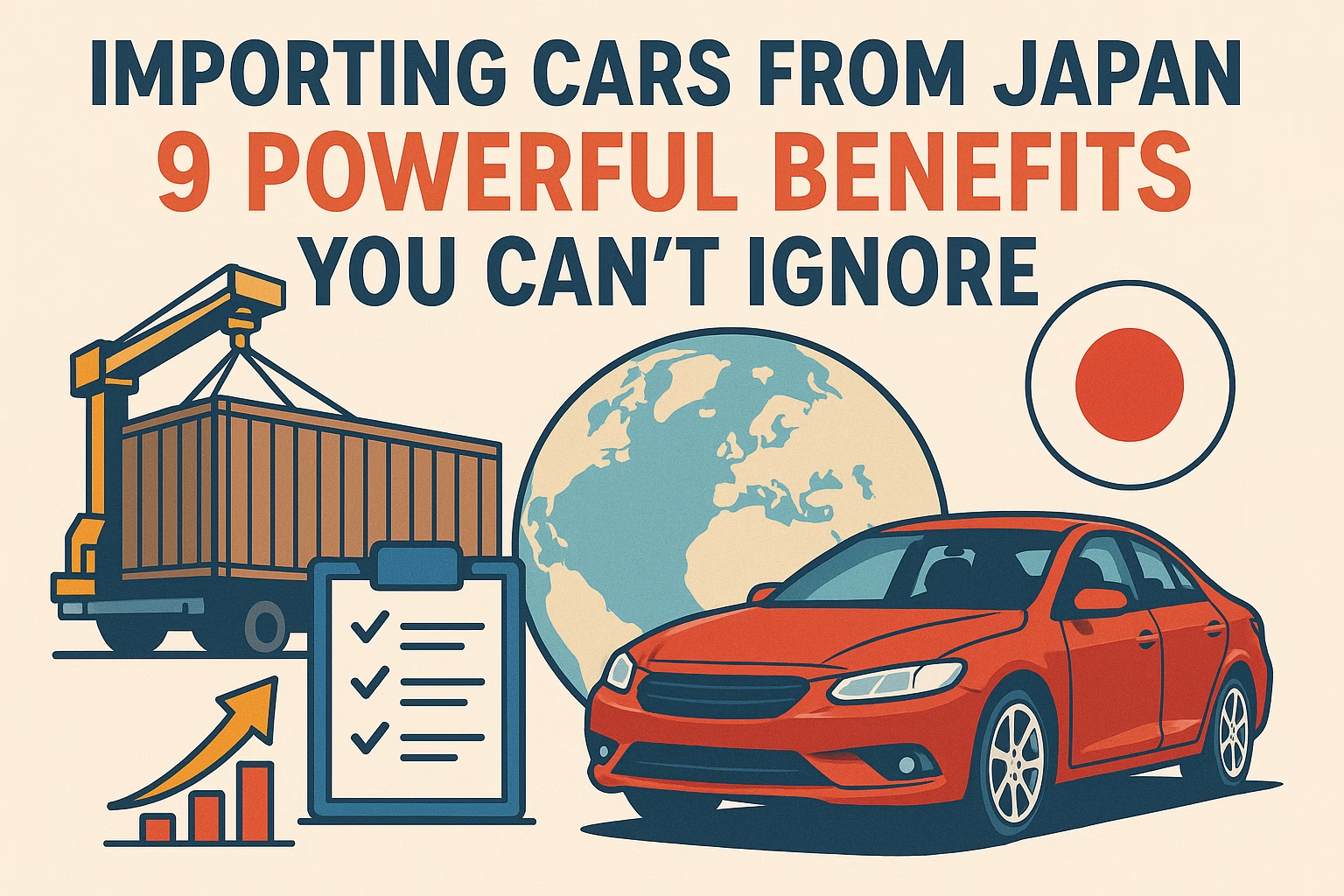Importing cars from Japan provides buyers with unmatched benefits including affordability, reliability, advanced technology, and wide model selection.
This blog explores nine powerful reasons why choosing Japanese imports is a smart move for car enthusiasts and everyday drivers.
Table of Contents
The Japanese Domestic Market (JDM) has some magic in it. It is a place of mythical machines, new-fangled engineering, and an automotive culture that is felt worldwide.
I have been living in this world for years, and the most common question that I have had to answer is whether the process of importing cars from Japan is truly worth the hassle.
The answer to this is always a resounding yes. It is not merely a deal, but a portal to owning a slice of automotive history, a one-of-a-kind performance machine, or an improved-spec variant of a car you already adore.
The concept of car importation may sound intimidating. There is paperwork, transportation logistics and regulations to observe.
But the prizes at the conclusion of such a voyage are enormous. This is no longer a matter of acquiring a car with the steering wheel on the opposite side.
It is about discovering a treasure trove of vehicles that have never been sold in your home country, many of which are in better condition and at a lower price point than you may have expected.
The importation of cars opens the door to a certain degree of choice and quality that the local market cannot possibly match.
In this guide, I’m going to share my passion and experience to break down the nine most potent benefits of importing cars from Japan.
We will learn about the fantastic diversity and high quality of these cars, as well as about the financial benefits and the simple pleasure of riding something really special.
At the end, you will see why so many fans believe that this is the best way to get their dream machine by importing cars.
Availability of an Exclusive Choice of Unique Models.

The most compelling reason for importing cars from Japan is gaining access to a lineup of vehicles you cannot find in local showrooms.
A well-known example of the Japanese Domestic Market is the so-called “forbidden fruit”: cars explicitly designed by the manufacturer with their domestic market in mind due to certain restrictions, tastes, or performance expectations.
Consider such iconic brands as the Nissan Skyline GT-R R34, the first Honda Civic Type R (EK9), or the Mitsubishi Lancer Evolution VI.
These are performance icons that have never been formally released in most regions of the globe.
To most fans, the only way to be behind the wheel of these legends is through the importation of cars. But it is much more than the high-performance heroes.
Japan has an exciting type of car called Kei cars. They are small cars with a maximum engine capacity of 660cc, which are required to comply with specific tax and insurance requirements.
They may be miniature, but they are engineering and design marvels. The Suzuki Cappuccino, Honda Beat and Autozam AZ-1 are fun-to-drive, mid-engine, rear-wheel-drive sports cars in a miniature size.
The feeling of being behind the wheel of one is nothing but pure, raw, unadulterated happiness, and importing cars like these will ensure that you will have one of the most unique cars at any car show.
The range also includes weird and practical cars. Take the Mitsubishi Delica L400 Space Gear, an off-road capable 4×4 van with the off-road abilities of a Pajero. It is the final adventure car that was not sold in North America.
Or what about the Toyota Century, a V12-powered luxury sedan, the highest achievement in Japanese automotive manufacturing? The importation of cars opens up to these niche cars, which cater to all conceivable tastes and requirements.
Better Vehicle Condition and Reduced Mileage
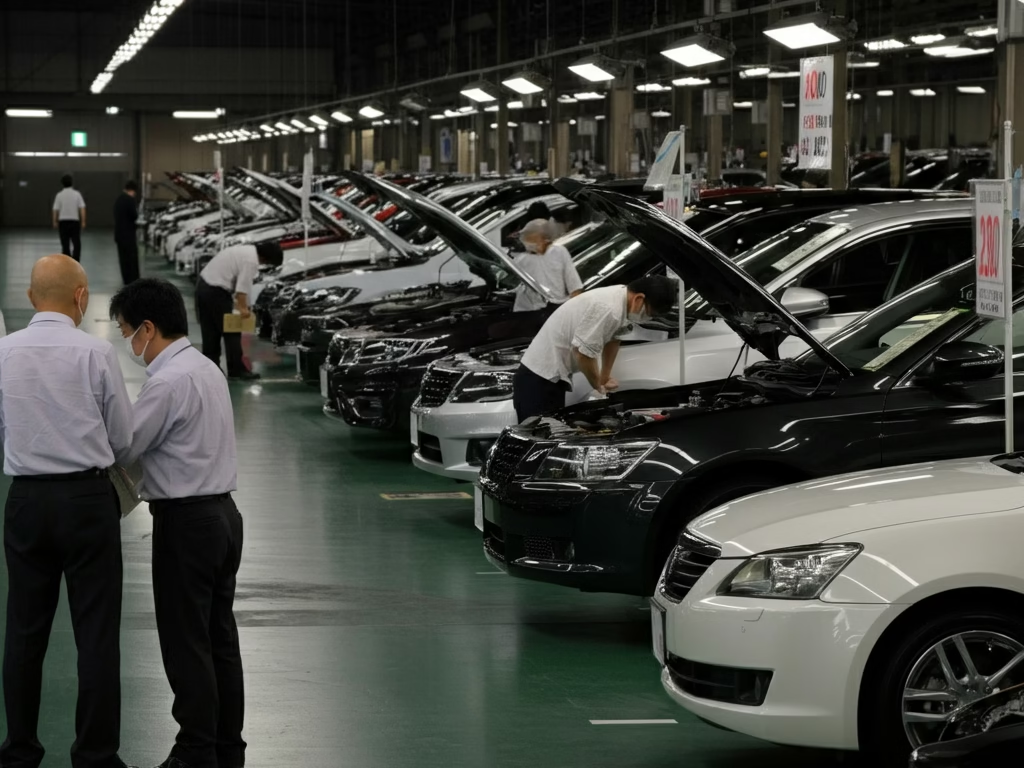
One of the most significant and often overlooked benefits of importing cars from Japan is the generally outstanding condition of the vehicles. This is due to several cultural and regulatory reasons that make Japanese used cars one of the best in the world.
First, Japan has a stringent vehicle checking system called the Shaken. This is a mandatory inspection that must be conducted every two years, and it is both extensive and costly. It deals with what is on the smoke and what is on the paint.
The price of passing the Shaken can be prohibitively high as a car ages, and in many cases, it is more expensive than the car’s market value.
This tempts owners to trade in their vehicles and purchase new ones, thereby saturating the used market with well-maintained products of low mileage.
It is not unusual to see a car that is 25 years old, but has certainly covered less than 60,000 miles (100,000 kilometres) on the odometer.
Second, Japanese culture emphasises the importance of taking care of one’s possessions.
This, together with the fact that most Japanese cities have excellent public transportation, implies that cars are not used as frequentlyperhaps once or twice a week.
They are generally placed in garages, where they are protected from the elements. Moreover, Japan does not sprinkle its roads with salt during winter months like much of North America or Europe, causing much less rust and corrosion of the underbody.
Anyone who has had to contend with the pain of rusty bolts and chassis deterioration will find the importation of cars to Japan a breath of fresh air.
Experts document this point well, and as such, one of the best places to find information about the state of vehicles is the JDM buying guide by Hagerty.
Once you begin importing cars, you are likely to have an auction or export service. These services offer comprehensive sheets on the auction that assess the car’s condition both inside and outside, marking every single scratch or flaw.
This amount of transparency is nearly unheard of in most Western used car markets and makes you feel like you have a ton of trust in what you are purchasing, even when it is being sold thousands of miles away.
Significant Cost-Effectiveness
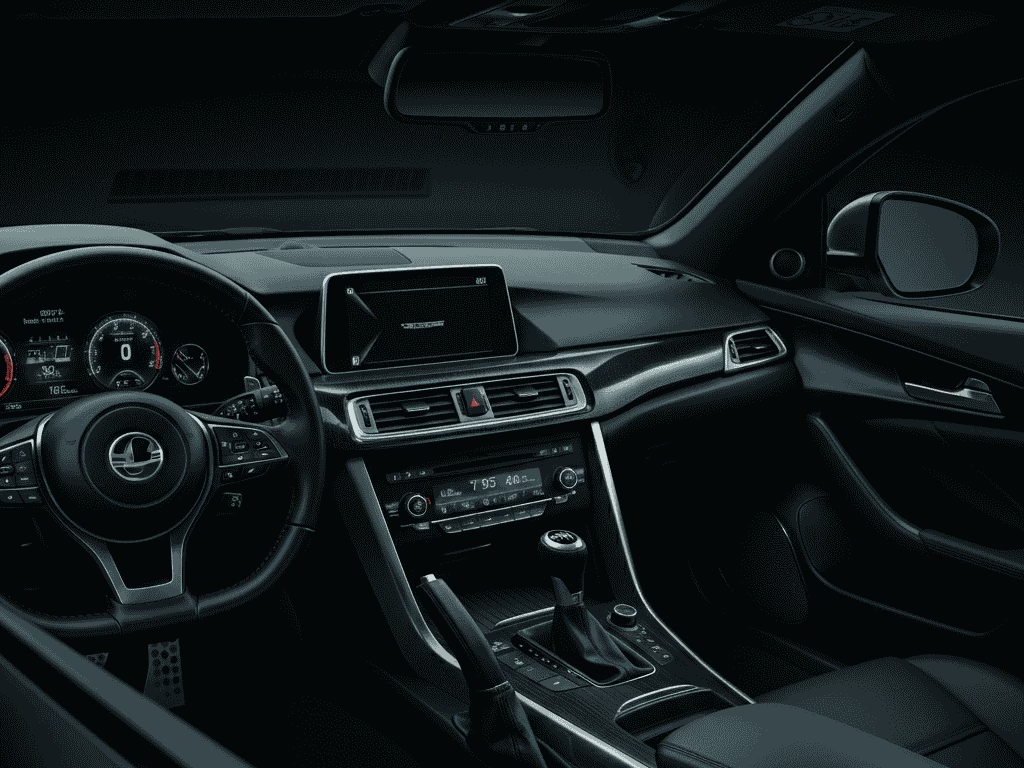
It may appear paradoxical that the process of importing cars, which entails international transportation, importation fees, etc., may be cost-effective, yet, in many cases, it is.
This is dependent on the dynamics of the Japanese used car market. As stated, the Shaken is very expensive, and the culture embraces new cars, which generates a high turnover rate.
This causes a curve of depreciation which is extremely steep when compared to most other countries.
A car that would be a rare classic in Europe or the US would be simply an ordinary used car in Japan, and similarly priced. The original price of the car in Japan can be extremely low at an auction.
I recall a clean Toyota Aristo (the JDM counterpart of the Lexus GS300, but with the much-coveted 2JZ-GTE twin-turbo option) selling at a fraction of the approximate equivalent with more miles, an American Lexus.
Naturally, there is more to the equation than just the purchase price. You need to consider the fee of the exporter, the cost of shipping, insurance, customs, and compliance costs in your country of origin.
However, when all factors are combined, the result of the on-road costs is that many models have a final price that is far below that of purchasing a comparable car in the country of origin, even assuming such a vehicle exists in the country.
Importation of cars may be the most affordable way to obtain a high-performance or special vehicle, particularly for enthusiasts whose budgets are constrained.
This payoff is especially pronounced in the case of models with a cult following. In some cases, local demand can push prices high when a JDM car is ready to be imported into a country such as the US (within the 25-year Rule).
When you import cars directly, you can avoid the importer tax and find a better price by eliminating the intermediary.
Increased Specifications and Performance choices.
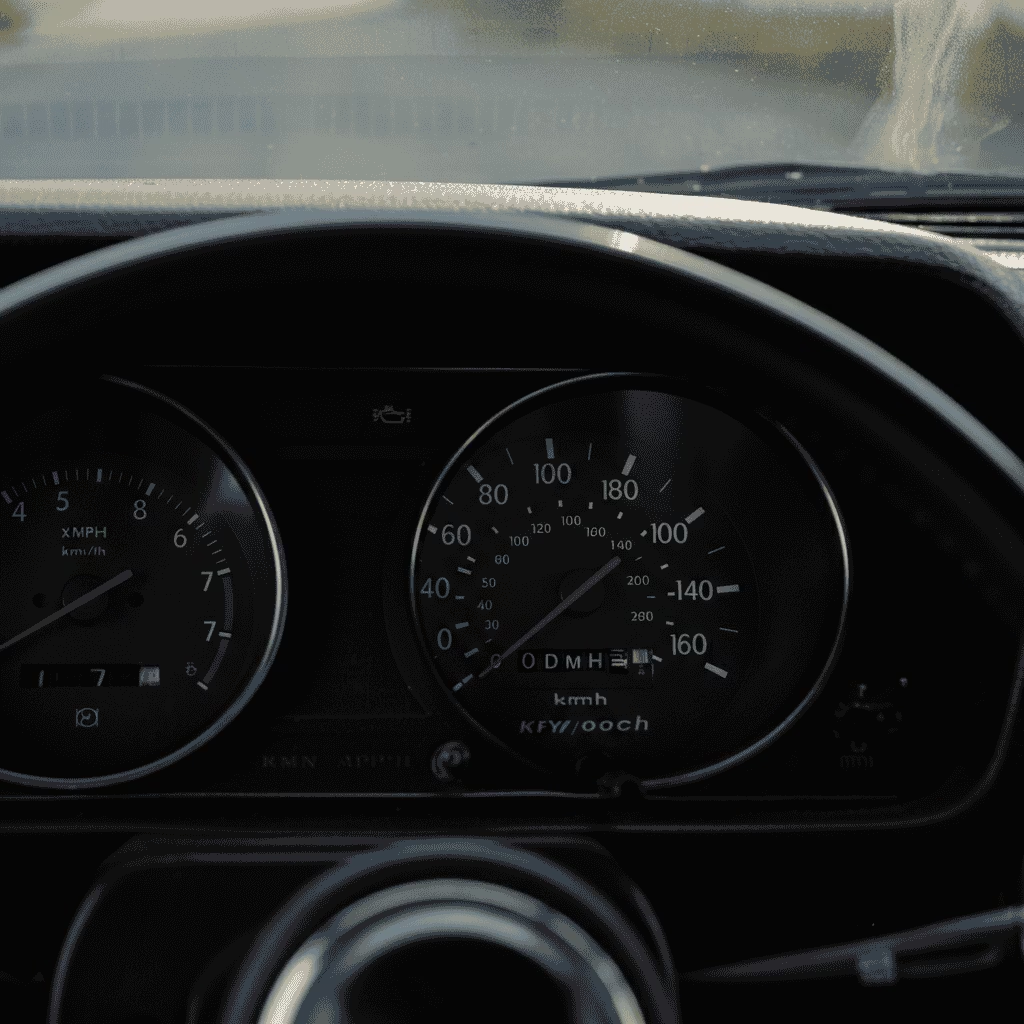
The Japanese manufacturers usually retained the finest models of their cars. This means that when importing vehicles from Japan, you are often getting a model with higher specifications, more features, or a more powerful engine than its export-market counterpart.
The best known one is the engine. Most JDM performance cars also had their engines detuned or changed entirely to be used in the export market to conform to various emissions or fuel quality requirements.
A perfect example is the Honda Integra Type R (DC2). The JDM model featured a more aggressive final drive and a helical limited-slip differential, a higher-powered B18C hand-ported engine (producing almost 200 horsepower), and a stiffer compression ratio.
The US one was a watered-down version of this masterpiece, although it was still a great car. When you import cars such as the JDM DC2, you get the car in the way the engineers intended it to be.
Such JDM-spec advantage does not stop at the engine bay. There will be a lot of models that will include things such as automatic climate control, digital dashboards, power-folding mirrors, and special aero packages not available elsewhere.
The Toyota Soarer (the JDM equivalent of the Lexus SC) was available with features such as an optional factory touchscreen and a digital dash in the early 1990s, which were very novel at the time.
Importing cars provides a more viable starting point for those who enjoy modifying and tuning their vehicles.
A more potent, factory-turbocharged engine in a JDM car gives a much more desirable base on which to build a high-horsepower machine than a naturally aspirated export car.
It saves you both time and money that could be wasted trying to do elaborate engine swaps or turbo conversions.
There is a direct relation to JDM Car Culture.
The process of importing cars from Japan is not just a buying process, but a journey into one of the most diverse car cultures in the world.
The culture of JDM is entirely personalised, performance-focused, and highly respectful of the automobile. You can have a peek at this world when you import a JDM vehicle.
Most cars include aftermarket parts that are period correct, such as those of the legendary Japanese tuning shops of HKS, GReddy, or Blitz.
The initial imported car that I ever bought was a Nissan Silvia S15 that had a classic set of Volk Racing TE37 wheels and a quiet and high-quality Fujitsubo exhaust.
These were not haphazard appendages but elegant, quality additions which told a story of the past life of the car in Japan.
The former owner obviously loved and took good care of the car, and I felt compelled to continue that tradition.
This relationship gives an exceptional ownership experience. You join an international society of fans that admire the details of such vehicles.
You end up learning about the history of lesser-known tuning brands, well-known race tracks in Japan, such as Tsukuba or Suzuka, and the history of the cars.
By importing cars, you have a physical association with the drifting, time attack and “Wangan” highway racing scenes that the cars became known for.
Having a genuine JDM car makes you the epitome of that culture. You get to tell the story of your car, share its unique features, and meet other people who share your passion. It is a topic of discussion at all gas stations and automobile exhibitions.
The Golden Era of the JDM and the 25-Year Rule

The 25-Year Rule is one of the most significant factors that motivates car importers in the United States.
This federal law permits the importation of vehicles that are 25 years or older; such vehicles are exempt from complying with the current Federal Motor Vehicle Safety Standards (FMVSS).
A new group of iconic cars of the golden age of Japanese automotive production comes into the game every year.
The specifications of this Rule are provided in the NHTSA import eligibility page.
The Rule has provided a thrilling, jumping schedule of JDM hype. We have witnessed the periods of frenzy with the legalisation of such cars as the R32 Skyline GT-R, the first-generation NSX or even the Suzuki Cappuccino.
We are now in the golden age of the 1990s, which is generally regarded as the heyday of the JDM performance industry.
Late 90s vehicles such as the Silvia S15 specified above, as well as the Lancer Evolution VI, are currently becoming available.
By importing cars under the 25-Year Rule, you can become the owner of a piece of this glorious history.
These are not old cars; they are analogue masterpieces that existed before traction control, elaborate infotainment systems, and electronic driver aids were commonplace.
They provide an uncivilised, all-wheel feeling of driving that is becoming uncommon in contemporary cars.
The sense of the turbo engine kicking in, the mechanical feedback of the steering wheel, and the sound of the high-revving inline-six are a few things that lots of modern cars will never be able to recreate.
Older models can be imported relatively easily because of this Rule. So long as the vehicle can be proven to be 25 years old (to the month of its manufacture), the last leg of legal ownership is free, and a dream is becoming a possible reality for thousands of American enthusiasts.
A Prospect of an Increase in Value.
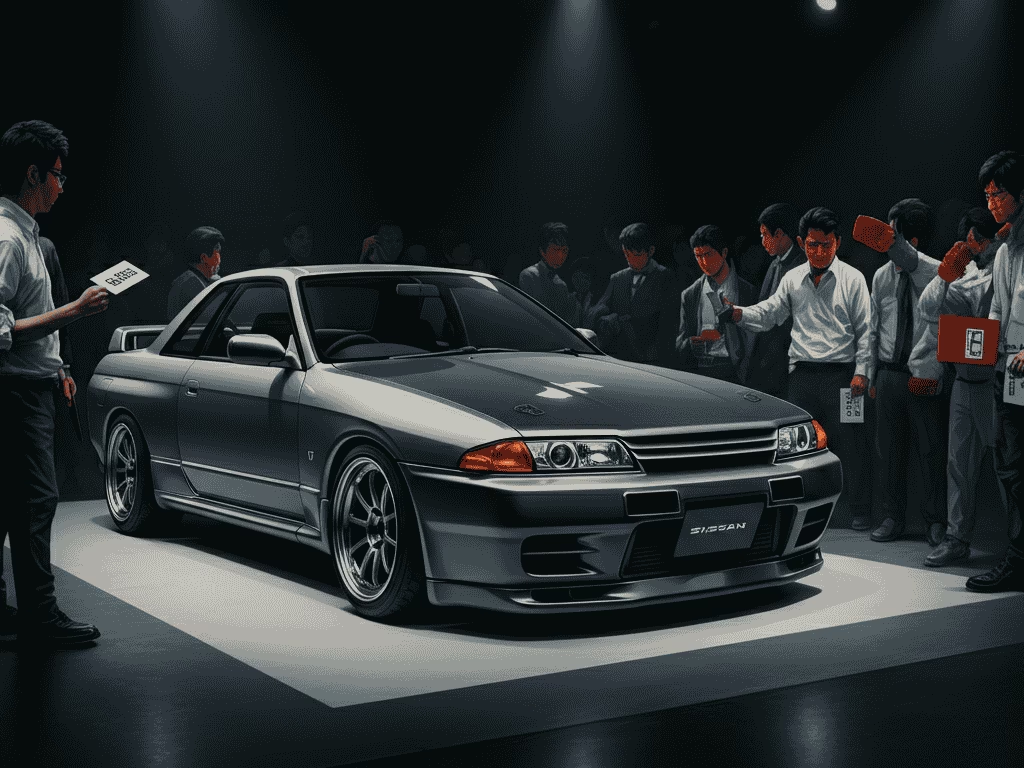
While you should always buy a car because you love it, not as a financial instrument, the potential for appreciation is a real and attractive benefit of importing cars from Japan.
The values of many JDM legends have been increasing dramatically over the past few years as more of them gain recognition and demand worldwide.
The most obvious examples are the so-called hero cars. The Nissan Skyline GT-R, particularly the R34 model, has become a blue-chip collectable, selling for very high prices in the six-figure range.
This is also the case with the Toyota Supra Mk4 and Mazda RX-7 FD. Early adopters have been rewarded with fantastic returns on their investment by importing cars such as these many years before they reached the peak of their popularity.
This appreciation is not confined to the higher-level halo cars. When the prices of the heroes increase, collectors and fans begin to consider the next best thing.
This gives it a halo effect that drags the values of other desirable JDM models. Internal combustion engines, such as the Nissan Silvia, the Honda Integra Type R, and even unusual ones, like the Autozam AZ-1, have all experienced a consistent rise in value.
By importing cars straight out of Japan, you can be ahead of the curve. You are buying the vehicle at the source market at a relatively low price compared to what it would fetch after it has been imported to your local market.
The decision to purchase a clean, low-mileage example of a desirable model is not only about buying a car for enjoyment, but it is also about acquiring an asset with a high probability of maintaining its value or even increasing in value throughout its lifetime.
Impregnable Openness in the Purchasing Procedure

The importation of cars in Japan, primarily through the auction system, does provide a certain degree of transparency that is lacking in the process of personal used car sales. The Japanese people are also meticulous record-keepers, and this is also true of their cars.
The foundation of this openness is the auction sheet. When a car is auctioned at one of Japan’s major car auctions, a professional will inspect the vehicle and complete a comprehensive report.
This sheet is used to rate the interior and exterior as numbers or letters (e.g. 4/B). More to the point, it contains a car diagram on which the inspector indicates every dent, scratch, or repair indication.
It will record the details of any panel changes, paint work or corrosion.
The eyes and ears on the ground. A good exporter will have this sheet translated for you, and this will give you a complete and accurate picture of the condition of the car before you can even make a bid.
This eliminates the fear of sight-unseen car buying. You are fully aware of what you are purchasing, including any minor blemishes in the cosmetic.
Such an organised way of importing cars reduces risk and creates confidence.
This is a stark contrast to purchasing a used car locally, where you typically must rely on the seller and your own ability to inspect the car.
The auction sheet also provides an objective, third-party evaluation of a vehicle’s actual condition, which is an invaluable asset to any buyer.
The Ultimate Ownership Experience and Pride
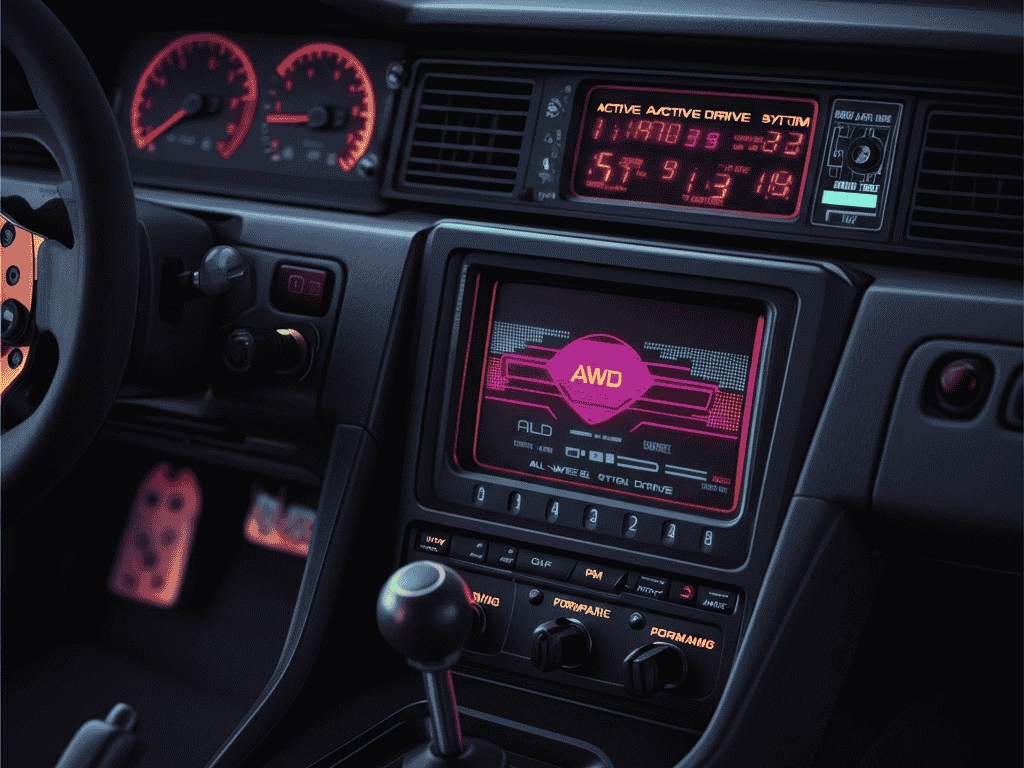
Lastly, the ultimate advantage of car importation in Japan is the unmatched feeling of pride and ownership that comes with it.
You have not merely purchased a car at a lot; you have made a trip. You have done the research, you have made a decision, and you have introduced something new to your country.
It is beyond gratification to have a car that is a direct expression of your interest and expertise.
Every moment you are behind the wheel, you remember how long it took to get there. It is more personal, more intimate.
You are not just the owner of a car, you are a custodian of a segment of automotive culture.
It is also a massive community aspect of this experience. By having a real JDM import, you belong to a select group.
You will get knowing nods from other fans along the way. You will engage in discussions with strangers who are interested in your car.
It can not only connect you with like-minded individuals interested in your passion, but it can also further engage you in the car community.
Car importation is not just about the destination, but also about the entire process and the society you become part of in the process.
Your Gateway to the best in the automobile world

The decision to start importing cars from Japan is a commitment, but it pays dividends in ways that simply buying a local car cannot.
It is a way to own vehicles that are more special, well-maintained, and often provide better performance than their regional counterparts.
The benefits are indisputable, as the number of models to choose from is enormous, and the price does not seem steep, making the purchasing procedure transparent.
Whether it’s a legendary performance car, such as a Skyline GT-R, a bizarre and entertaining Kei-car, or a rough and rugged 4×4 van, importing cars can open the door to your dream.
It offers an opportunity to be associated with a rich automotive tradition, own a potential future appreciating asset, and have the untainted and pure joy of driving a machine that was put together in the golden era of Japanese engineering.
Should you be an actual enthusiast who wants something more than your local market is capable of supplying, it may be prudent to look into the world of JDM imports.
The experience will be well worth it, the people will be very friendly, and the vehicle you will finally get will be not only a means of communication but also a source of great pride and endless pleasure.
FAQs on Importing Cars from Japan
Q1. Is importing cars from Japan worth it?
Yes, importing cars from Japan is often worth it because you gain access to rare JDM models, lower mileage vehicles, and better pricing compared to local markets. A lot of imports are also resalable and therefore a good long-term investment.
Q2. What is the cost of importing a Japanese car?
Japanese cars generally cost between 6000 and 15000 dollars to import depending on the car model, freight, duties, and compliance costs. The cost of the Nissan Skyline or the Toyota Supra may be higher due to demand and the lack of supply.
Q3. Are imported cars in Japan good?
Yes, the Japanese imported cars are considered to be reliable. In Japan, there are strict maintenance regulations that provide well-maintained vehicles with low mileage compared to similar cars in other countries. Durability is a global brand that Toyota, Honda, and Nissan are appreciated.
Q4. What is 25 year rule in importing cars?
The U.S. has a 25-year rule that allows fans to bring in vehicles that are at least 25 years old without being required to meet the American safety and emissions standards. With this rule, it is legally possible to import such classics as Nissan Skyline R32 GT-R.
Q5. How should I import a car in Japan?
It is possible to import a car in Japan, safely, by using a good import broker, checking car auction sheets, checking mileage, and ensuring a car meets compliance regulations in your country. Good places to start are trusted websites, such as Japan car direct and Japan partner.
Q6. Will importation of cars help to save my finances?
Yes, it is cheaper to import cars. The Japanese cars are very cheap because of depreciation and strict inspection system. Buyers after taking shipping and importation duties will frequently realize that they have paid less than they would have paid to purchase the same model domestically.
Q7. Which are the most sought after JDM cars to import?
The Nissan Skyline GT-R, Toyota Supra, Mazda RX-7, Mitsubishi Lancer Evolution, Honda Integra Type R and Subaru Impreza WRX STI are some of the most sought-after JDM cars to import. Such models have high demand across the globe.
Q8. Are the Japanese cars that are imported increasing in value?
Yes, lots of imported Japanese cars are increasing in value, and rare models in particular.
This is the case with clean Nissan Skyline R32 and Toyota Supra MK4s, which have increased in price significantly due to demand, scarcity and cultural values.
Q9. What is the time of importing a car in Japan?
The process of importing cars from Japan usually takes 2 to 4 months, depending on auction timing, shipping schedules, customs clearance, and compliance checks in your country.
Q10. Is it easy to insure and register an imported vehicle?
Most countries do permit you to insure and register an imported car, although the conditions differ. Before it can be made road-legal, you might be required to do more paperwork, demonstrate compliance or make changes to it to meet safety standards.

